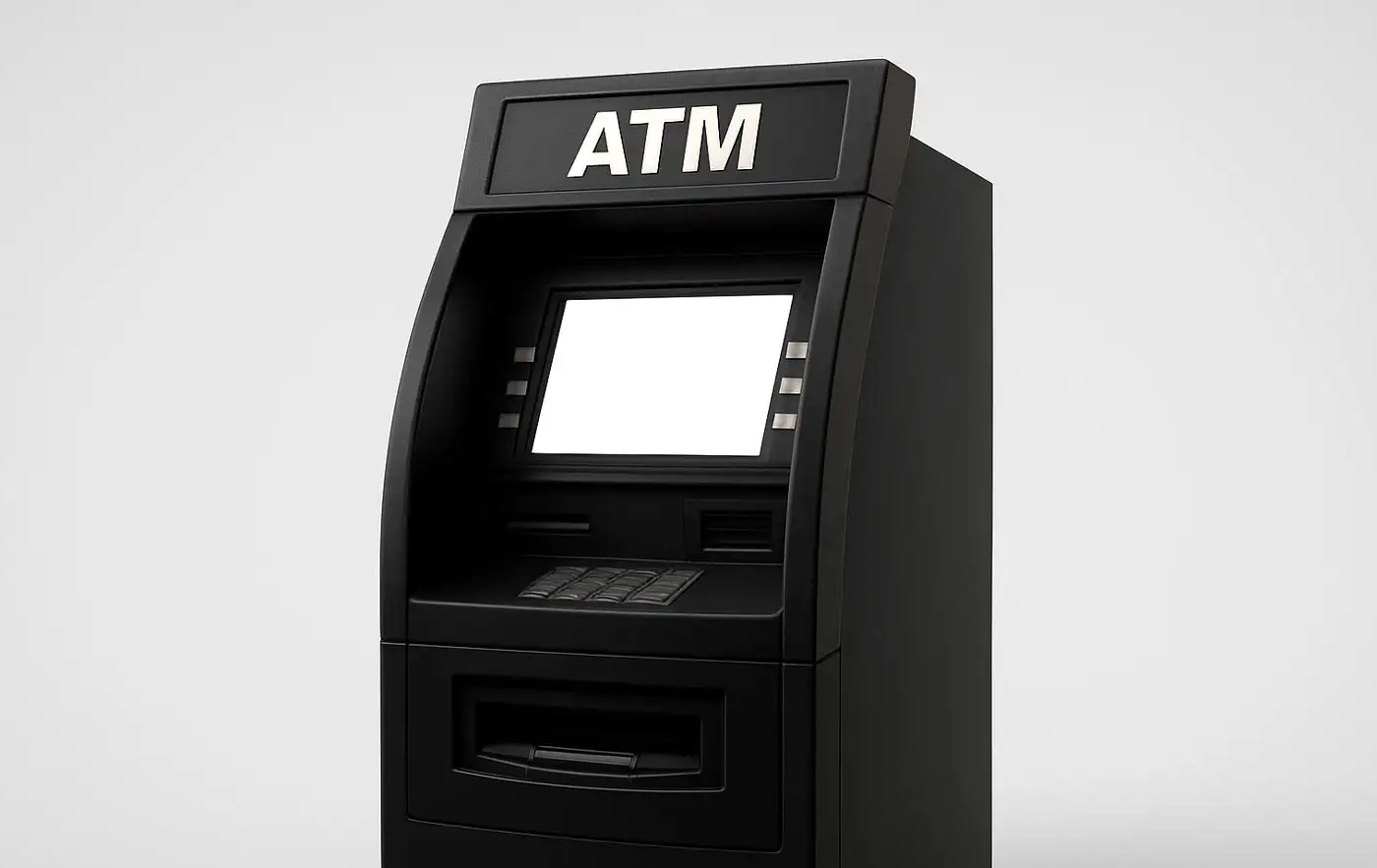From Telebank to Automated Cash Machines
Portugal introduced its first automated teller machine (ATM) in 1985. The initial machines, created by SIBS, allowed users only to withdraw money and check their account balances. At the time, this was a major step toward modern banking in the country.
Growth of ATM Functions Over Four Decades
Since then, the ATM network in Portugal has grown significantly. Today, ATMs offer over 60 different services. More than half of these functions go beyond simple cash withdrawals, providing convenient services such as bill payments, transfers, and administrative interactions.
Portugal as One of The Most Advanced Countries
A 2008 study by the UK Payments Association (APACS) showed that by 2006, Portuguese ATMs were the most advanced in Europe, offering over 60 transaction types. With around 1,690 machines per million adults, Portugal led Europe, outperforming countries like France and Norway, where ATMs mainly allowed withdrawals.
In 1989, the Portuguese began paying bills directly at the terminal. In 1992, bank transfers using the Bank Identification Number (NIB) were introduced. And in 1997, Portugal became a global pioneer by launching prepaid mobile phone cards, which could be recharged at an ATM.
The Rise of Mobile Banking and MBWay
In the past 10 years, digital solutions linked to the ATM system have expanded. MBWay, the mobile app connected to ATMs, allows users to send money, make payments, and interact with other European banking networks, including Spain and Italy.
Denária Portugal, an association that advocates for the right to cash, notes that 1,276 parishes remain without any ATMs. This means that more than 740,000 people live in veritable "cash deserts," especially in the interior, where the population is older and access to banking services is more limited.
Nationwide Network and Future Plans
Today, Portugal has over 13,000 ATMs across the country. Machines have adapted to technological and design trends over the decades, including reading the citizen card for administrative purposes. With ongoing government efforts to simplify administrative processes, ATMs are expected to include even more functions in the future.
Source: RTP Madeira








Comments